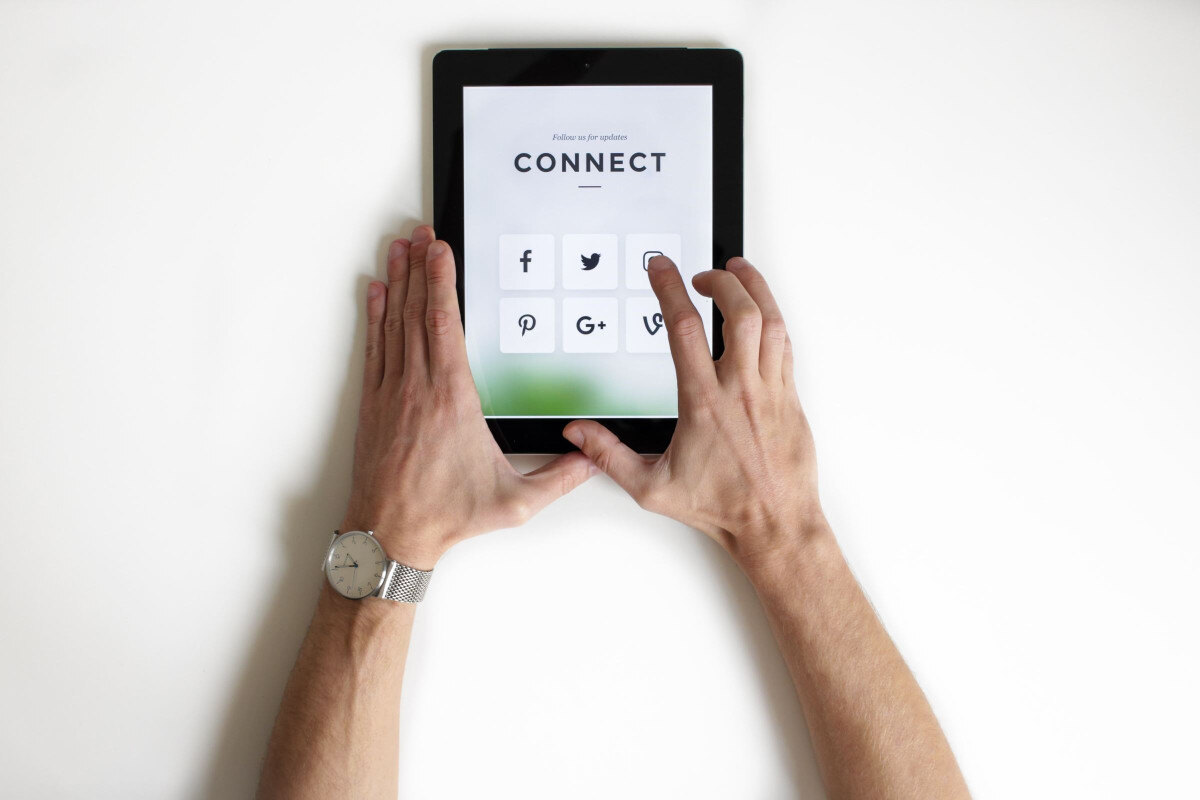3 min read
How Restaurants Can Attract More Millennial and Gen Z Customers
Every restaurant understands that attracting new customers is crucial for sustained success. But even though the millennial generation begins with...
2 min read

Far more than a hip term now, artificial intelligence (AI) is a tool that helps marketers determine the most impactful ways to reach their guests and create unmatched experiences at scalable costs. Taking individualization beyond bands and segments allows your marketing and sales team to optimize promotions and maximize your marketing budget's ROI.
One-to-one visit challenges that offer rewards based on individual guest behavior have generated remarkable results. One such challenge saw the number of visits increase 10.5% across all guests and almost 28% among those who were already visiting somewhat regularly. Choosing the right promotion can entice more visits and spending from even your best guests.
Both AI and machine learning (ML) take data mining, customer hypersegmentation, and campaign analysis to brand new levels. Provided your restaurant or c-store has a large and clean dataset, you can provide it to different AI tools to uncover relevant insights that would take human analysts much longer to uncover.
But human insight is not obsolete. By combining the key observations and data points AI uncovers with humans’ customer knowledge and experiences, laser-targeted offers and creatives can be developed. You can now achieve profitable campaigns early on at a fraction of the cost from previous years.
Targeting guests by each customer’s likelihood to take action further refines any marketing strategy you have. Whether guests are inclined to visit once a week or once a year, you can craft promotions that will work for each segment.
Thoughtfully structured campaigns typically drive a 15-25% increase in visit frequency and prompt behavior changes like visiting at a different time of day, spending more, and trying new products. Predictive models can also be used to identify segments that are likely to visit without receiving an offer, helping you avoid profit cannibalization.
In the hands of the right strategy and analytics team, these tools will motivate increased visits and spend, which ultimately leads to improved top-line sales. To learn more about building a successful loyalty program, book a demo now and see how Paytronix levels up your guest engagement